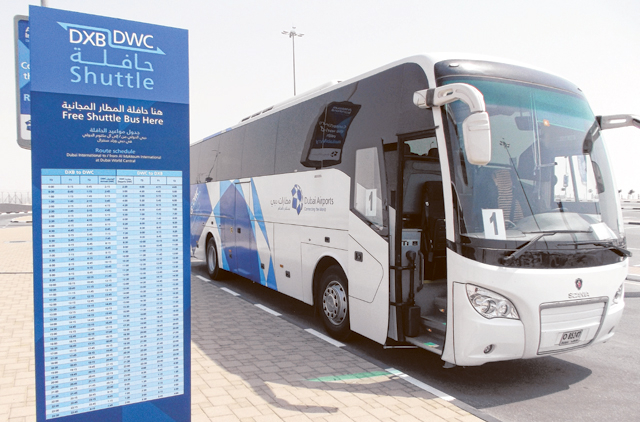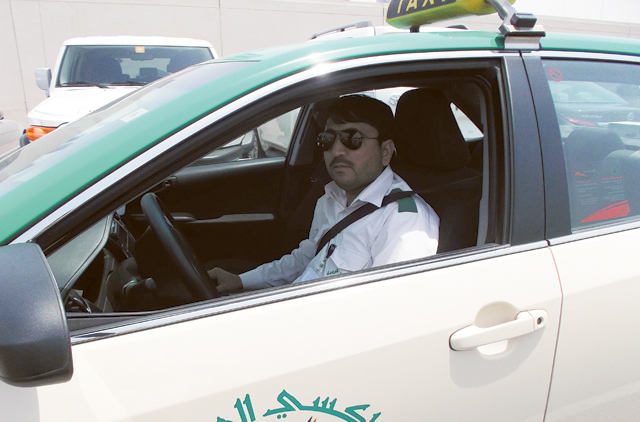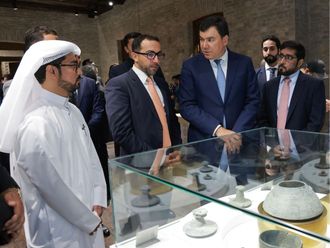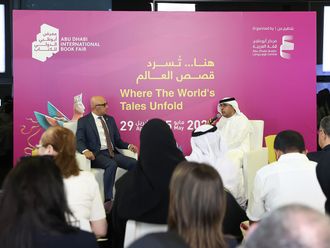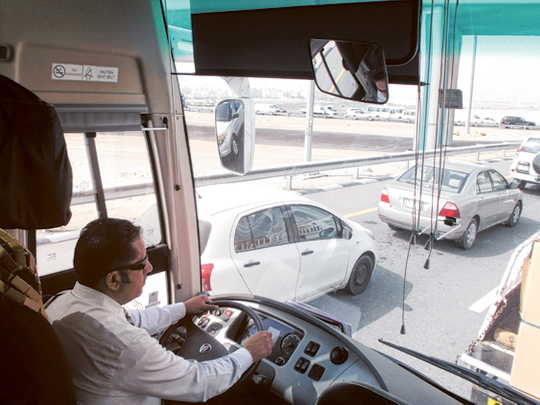
Dubai: “Airport, please”.
For Dubai taxi driver Shabab and his Business Bay Metro station passenger pick-up, there was but one destination — Dubai International Airport.
“Which terminal, Sir?” he asked, interrupting his call on his old Nokia handset to talk to the passenger. “Terminal 1, 2 or 3?” His cream-coloured taxi turned on to Shaikh Zayed Road, heading in virtual cruise control from Al Safa Park towards Al Garhoud. On any normal shift, Shabab drops passengers off two or three times a day. On this morning, he had already made two drops to Dubai International since starting his morning shift.
But for the past six months, there are two airports in Dubai. And from May 1 through to July 20, runway work and upgrades at Dubai International mean that more than 600 flights a week will be moving from there to Al Maktoum International Airport at Dubai World Central.
“Jebel Ali Airport?” he asked. “I’ve never dropped a passenger there before.”
In the first three months of this year, more than 102,000 passengers have begun or ended their air journeys at the new airport located close to the Abu Dhabi border and adjacent to what will be the site for the Expo 2020 in the west of Jebel Ali between Emirates Bypass Road and the extension of Shaikh Mohammad Bin Zayed Road. And it’s about a hundred kilometres between the two airports at the plane flies.
Iqbal, an airport taxi based at Dubai International, has only made one trip to the new airport.
“I had a passenger who was in a panic,” he said. “She assumed her flight was from Dubai International. When she went to check in, they told her the Qatar Airways flight was from Al Maktoum. “It took an hour to make the trip — the fare was Dh160 — and she almost missed her check-in time at Jebel Ali.”
According to Dubai Airports, more than 600 flights a week are being diverted to Al Maktoum International for the duration of the runway works. The authority has put in a free shuttle bus service between the two airports to help passengers — just one of many changes that the runway work has brought about.
“We started this planning in April 2013. We decided to declare the reduction [of flights needed] of 26 per cent and what we have done is reduce the declared capacity by that amount and we’ve worked very closely with all of our airline customers to do that as intelligently and as fairly as we can,” Paul Griffiths, chief executive officer at Dubai Airports, told Gulf News Wednesday.
"That’s happened over a period of many months and we finally got to a stage when the summer schedule was declared that everyone had agreed exactly the way it needed to be done, what they would be doing, where they would be operating from and what impact it would be on their business.
"It’s entirely planned and reductions in capacity were put into all the global reservation systems and that was done all before the normal selling cycle started and so it’s been very well organised.”
At Al Maktoum International, Robbie Duque was manning the Dnata information desk and had all the answers for travellers who needed to get to the other airport or into Dubai itself.
“Take the free shuttle bus outside and it leaves on the half-hour and the hour,” he said. “Or you can get the F43 to Ibn Battuta Metro station on the hour and the fare is Dh4.10,”
Staff moved
Dnata is moving 450 staff to Al Maktoum International for the 80-day period to help travellers.
On the shuttle bus, Nawab, a driver, makes three round trips a day between Al Maktoum and Terminals 3,1 and 2 at Dubai International. Each one-way journey takes two hours, allowing for pick-up time at each stop. There’s plenty of room for luggage, the bus is luxurious and air-conditioned and there’s a toilet on board.
“There are eight buses on the service over 24 hours,” he told Gulf News. “But the bottleneck is at the Green Community Roundabout on Shaikh Mohammad Bin Zayed Road. There’s always a delay there.”
He keeps in constant touch with other drivers on the shuttle service. “We try and use Al Khail Road because it’s shorter,” he said. “But if there’s a jam, we switch to Shaikh Zayed Road. But that often is clogged at peak times.”
— with inputs from Alexander Cornwell, Staff Reporter


